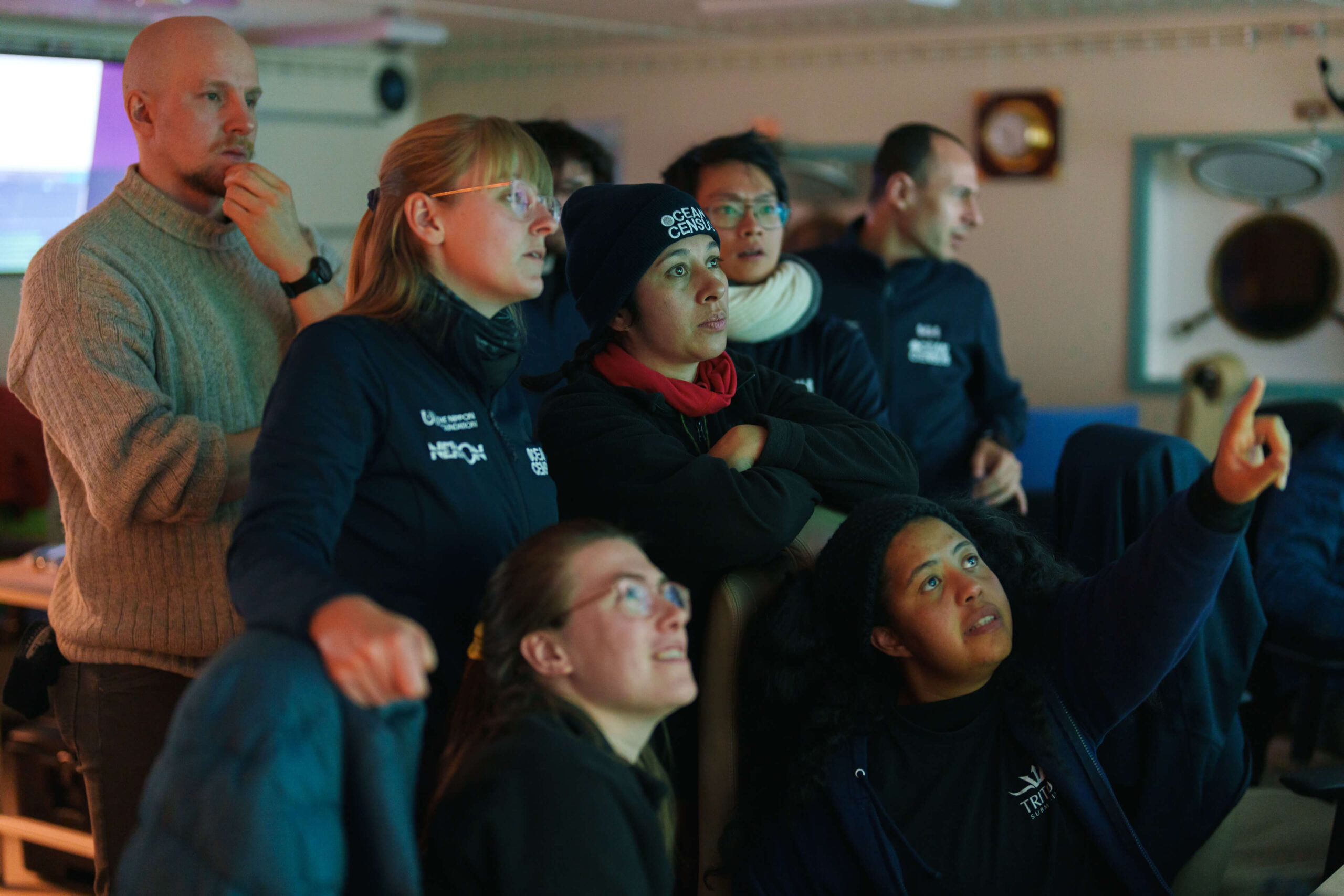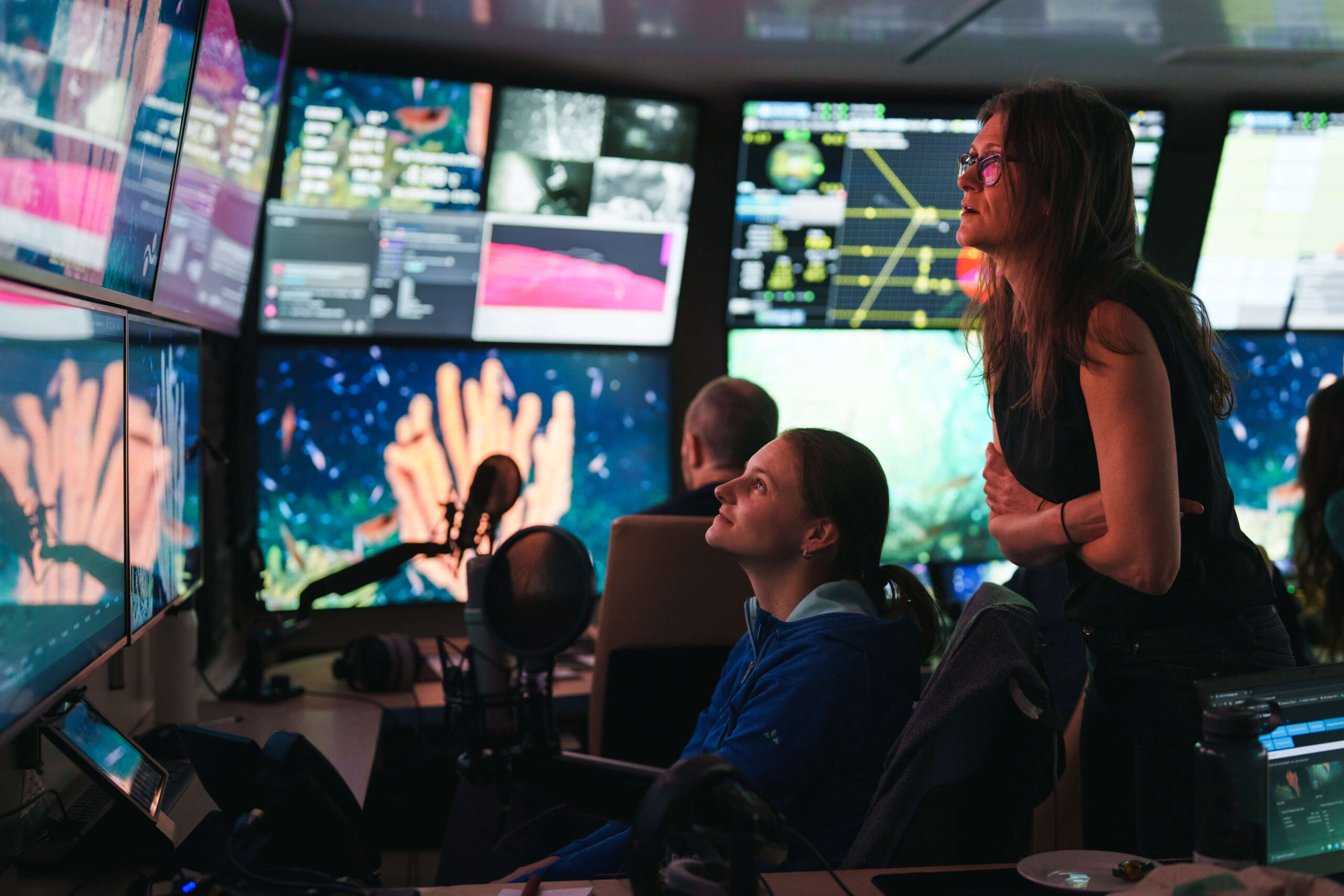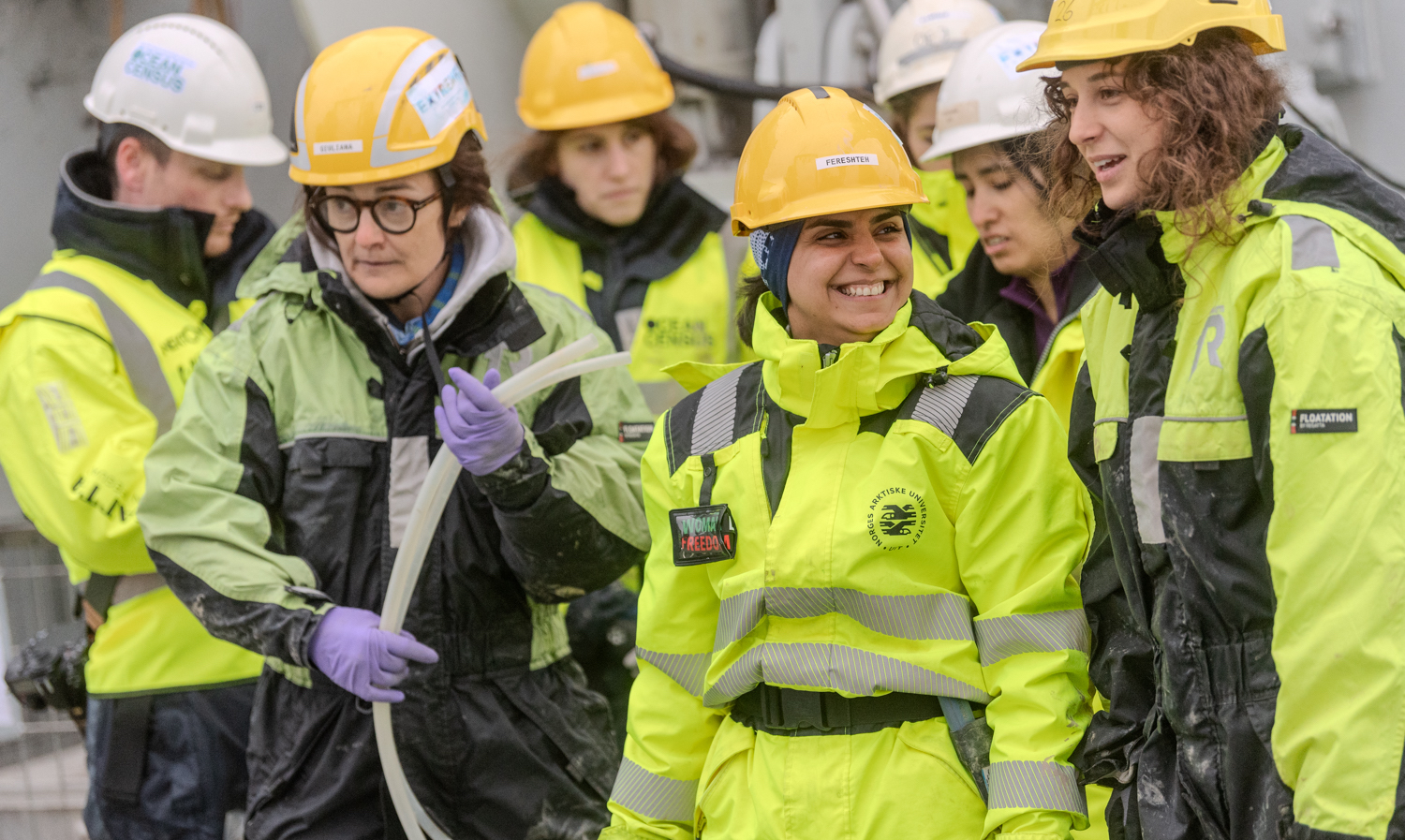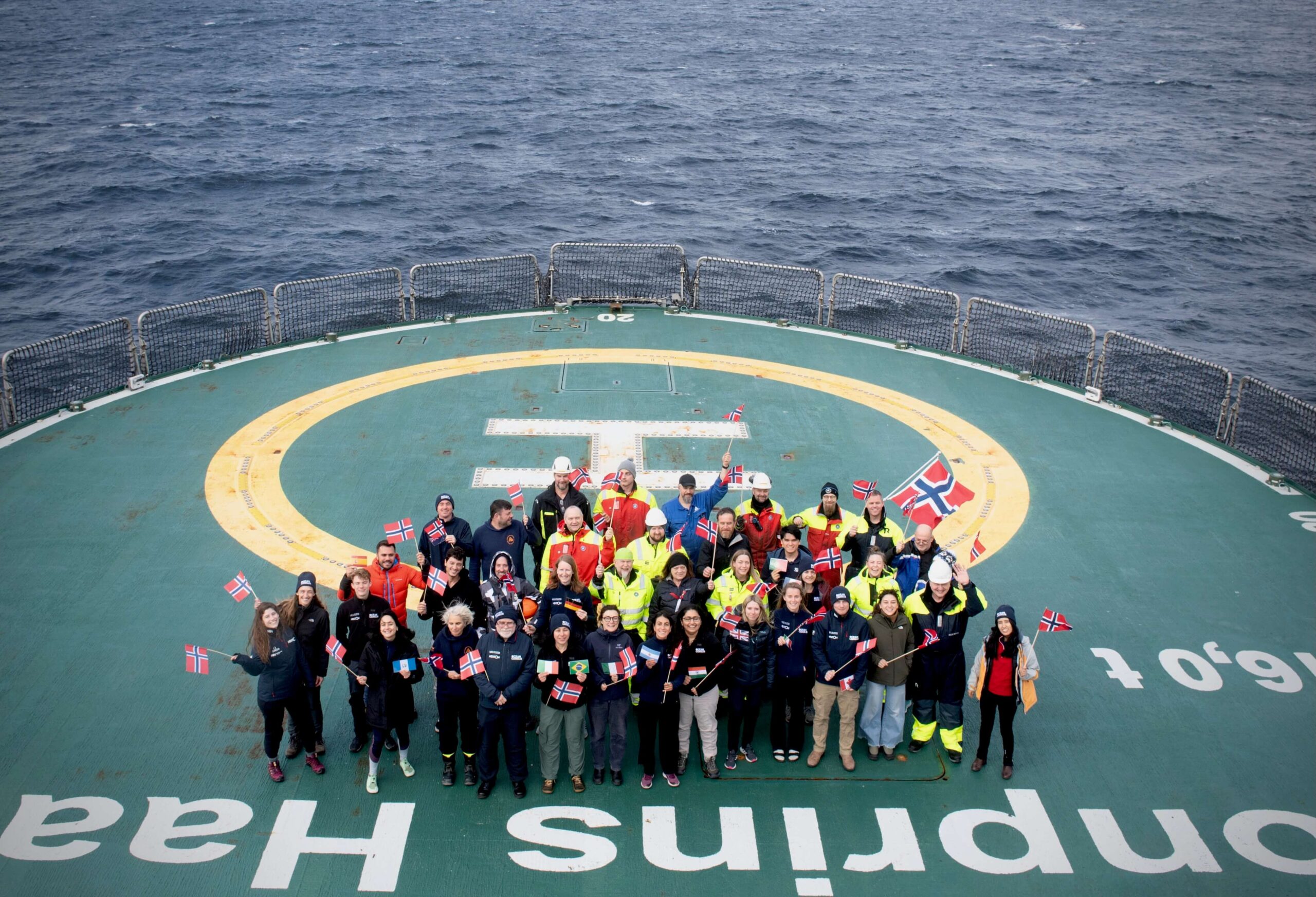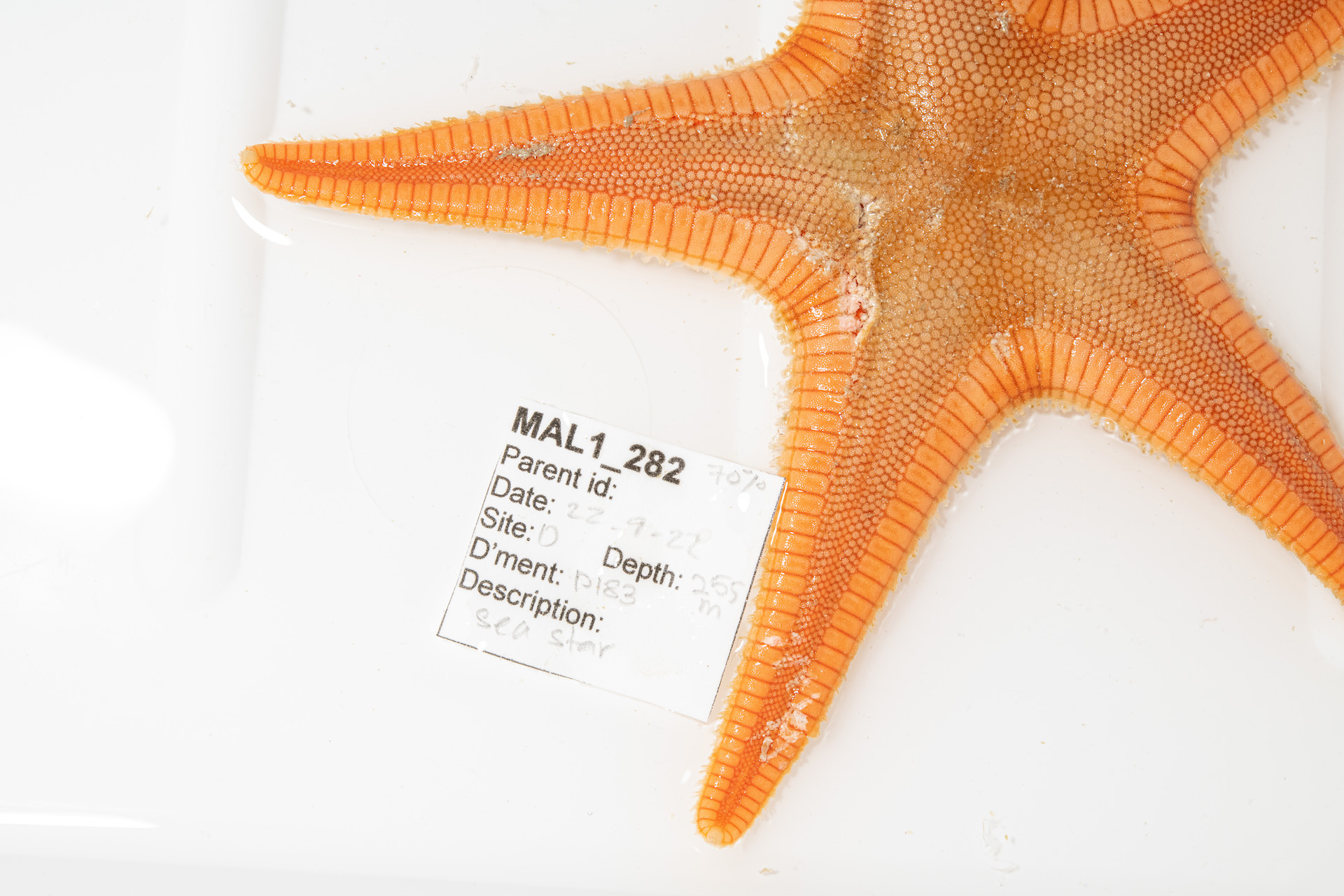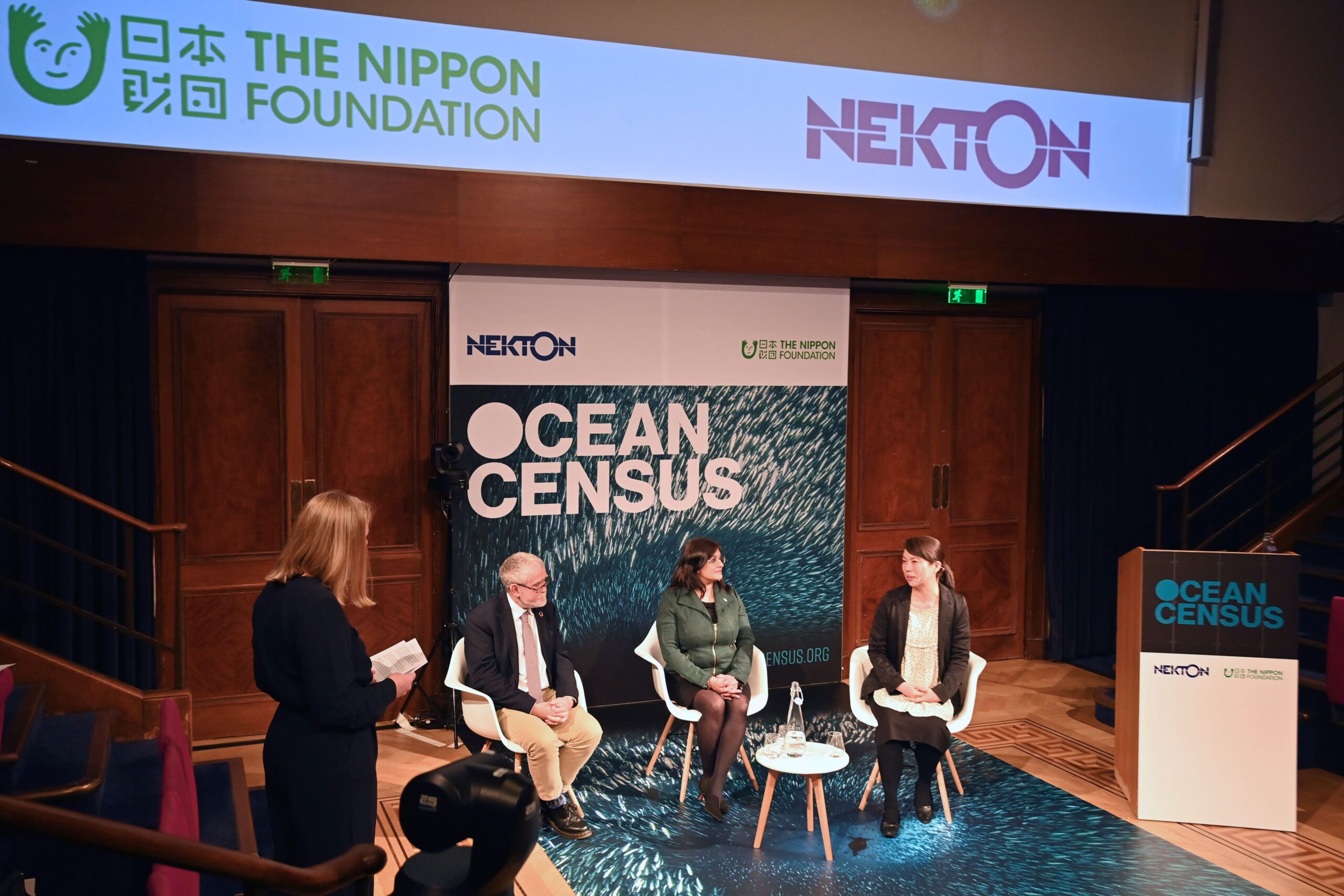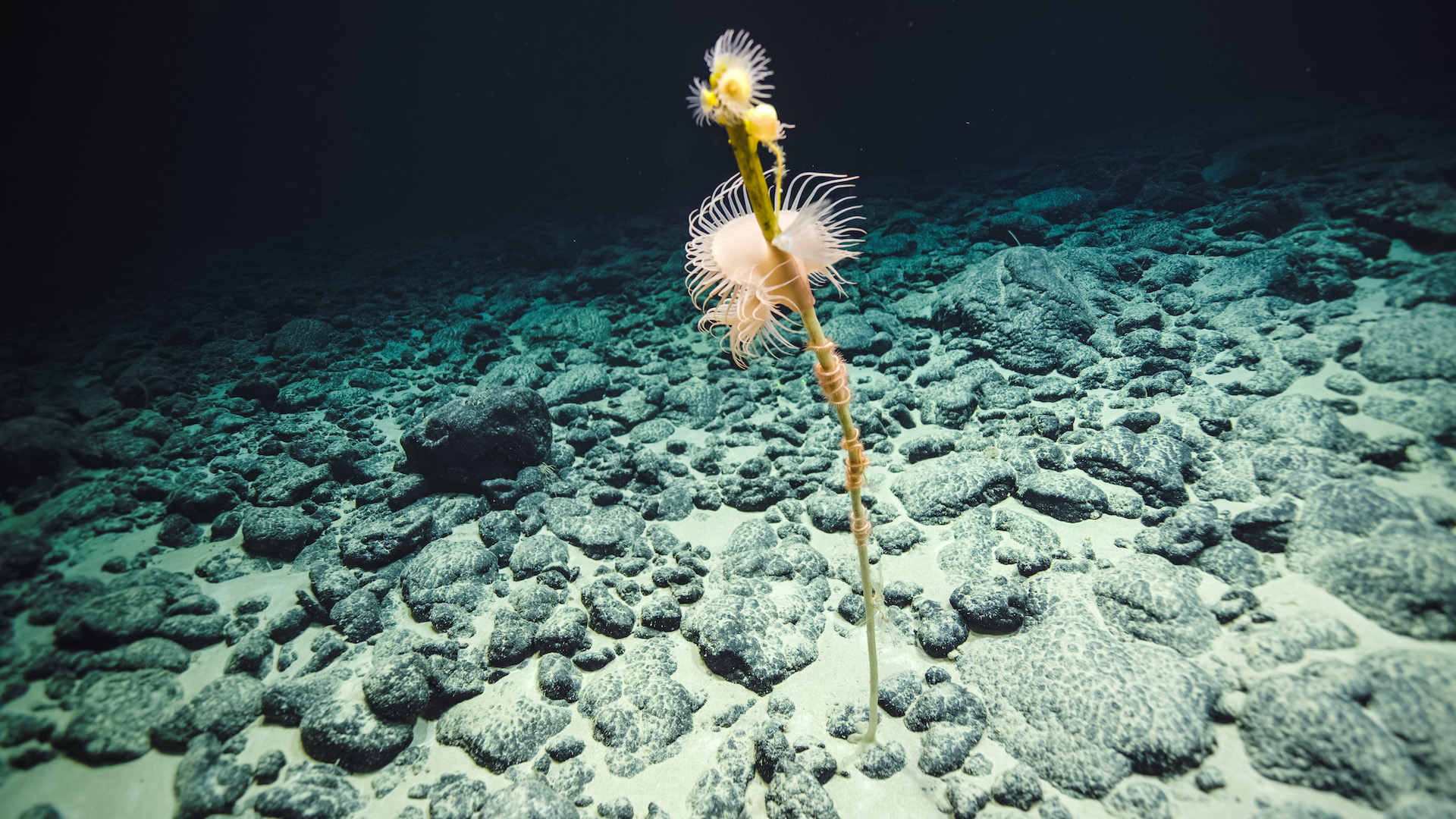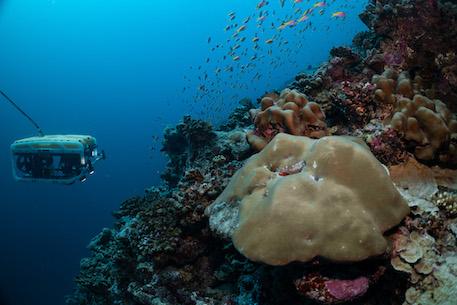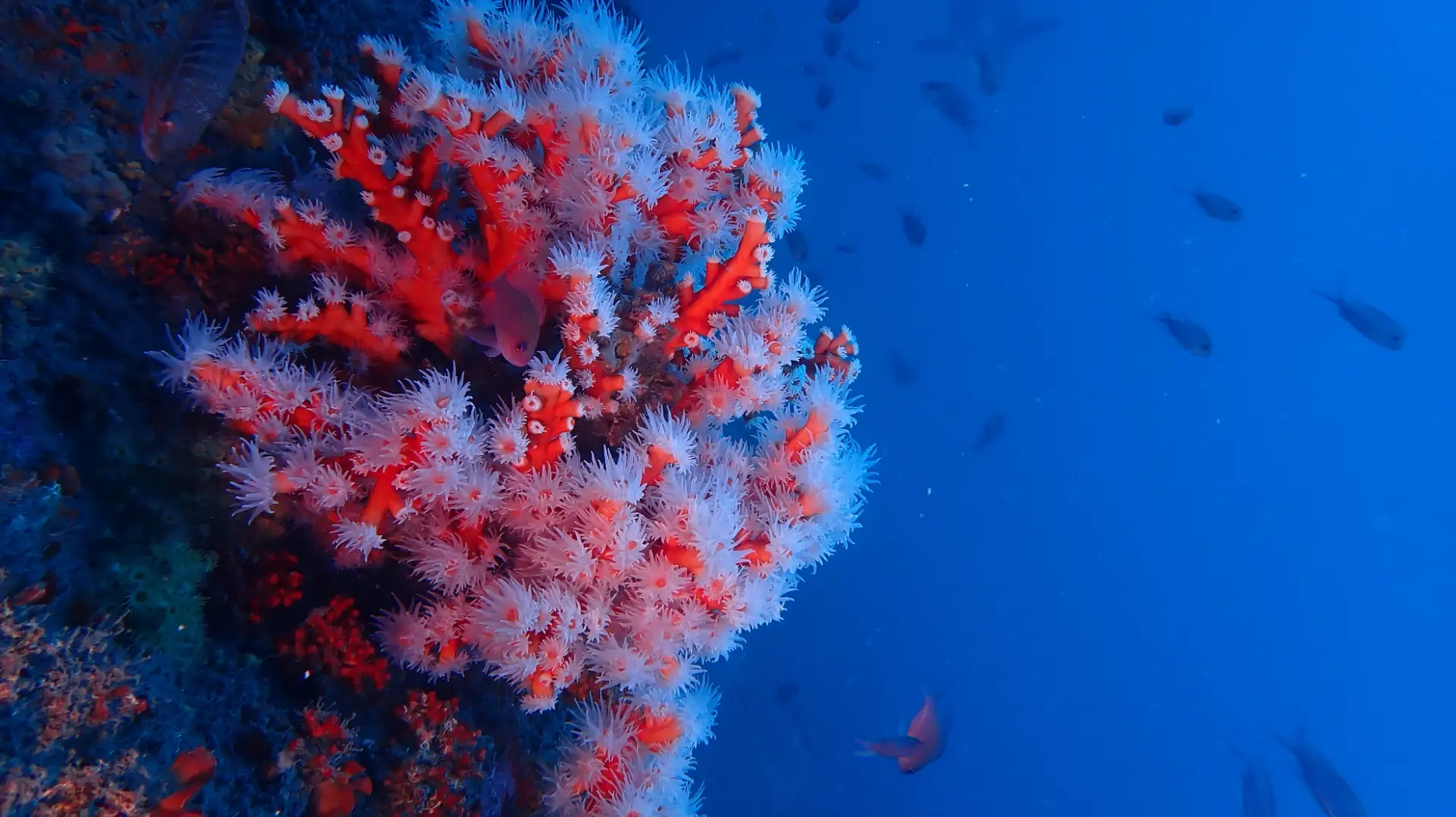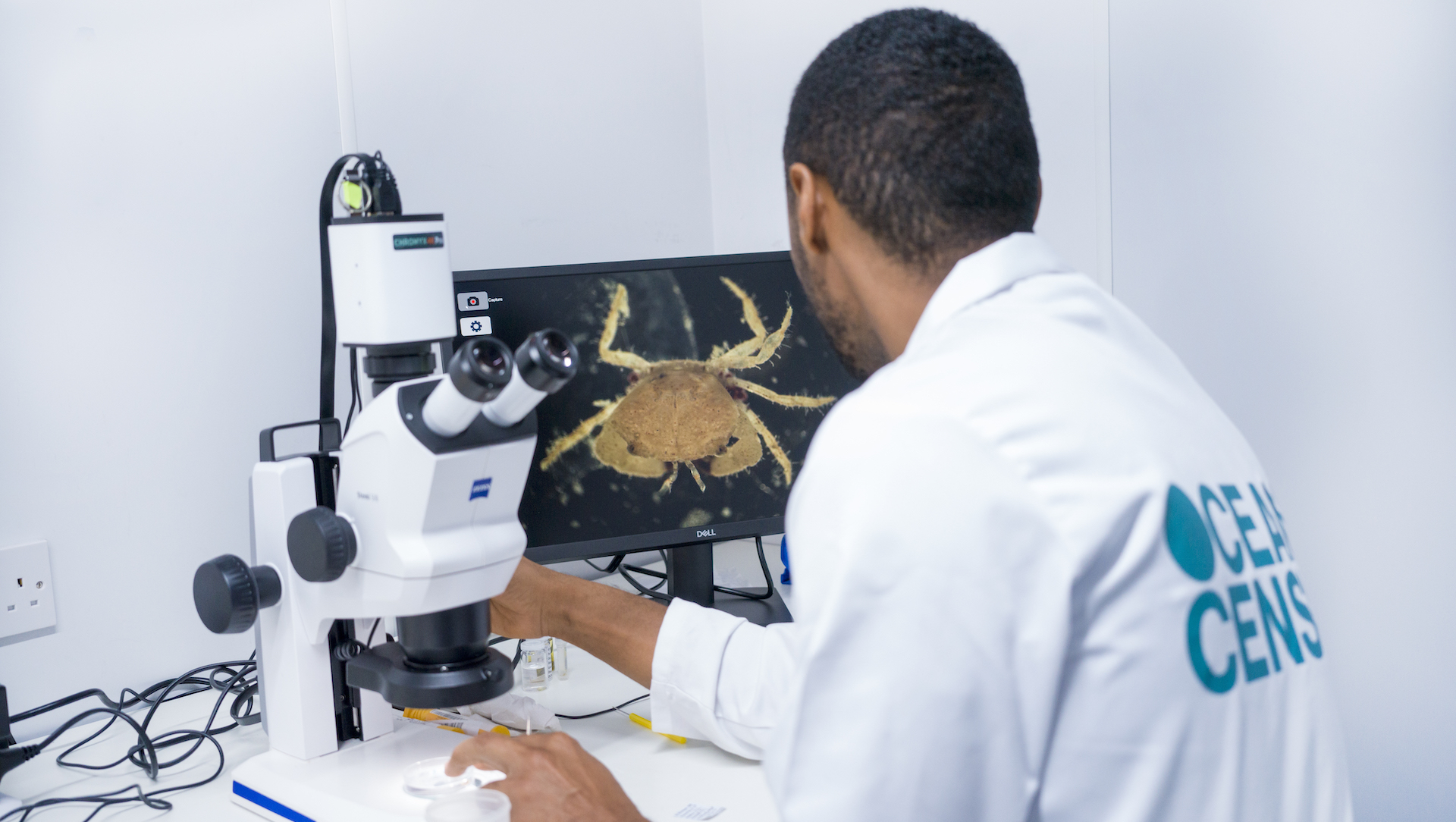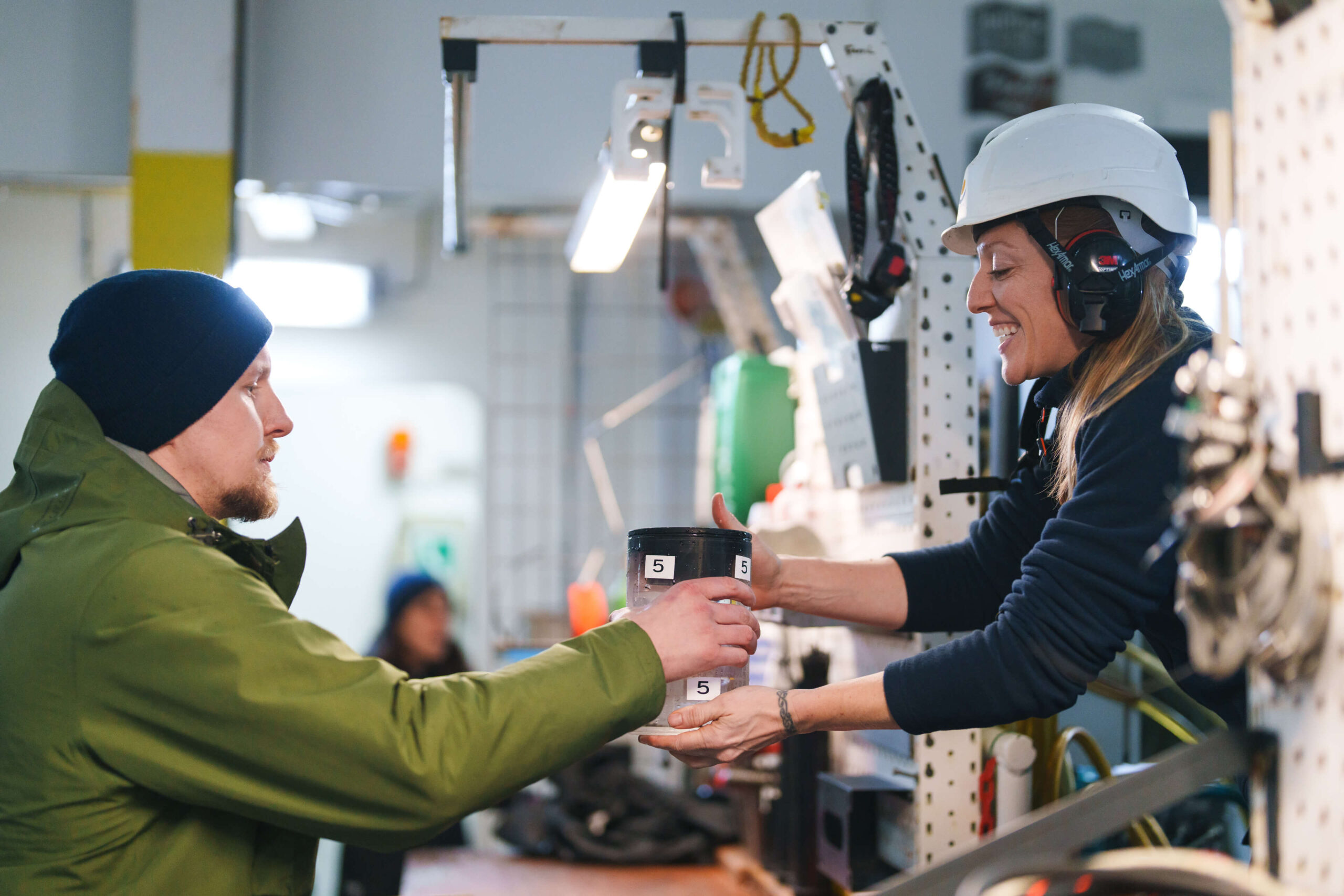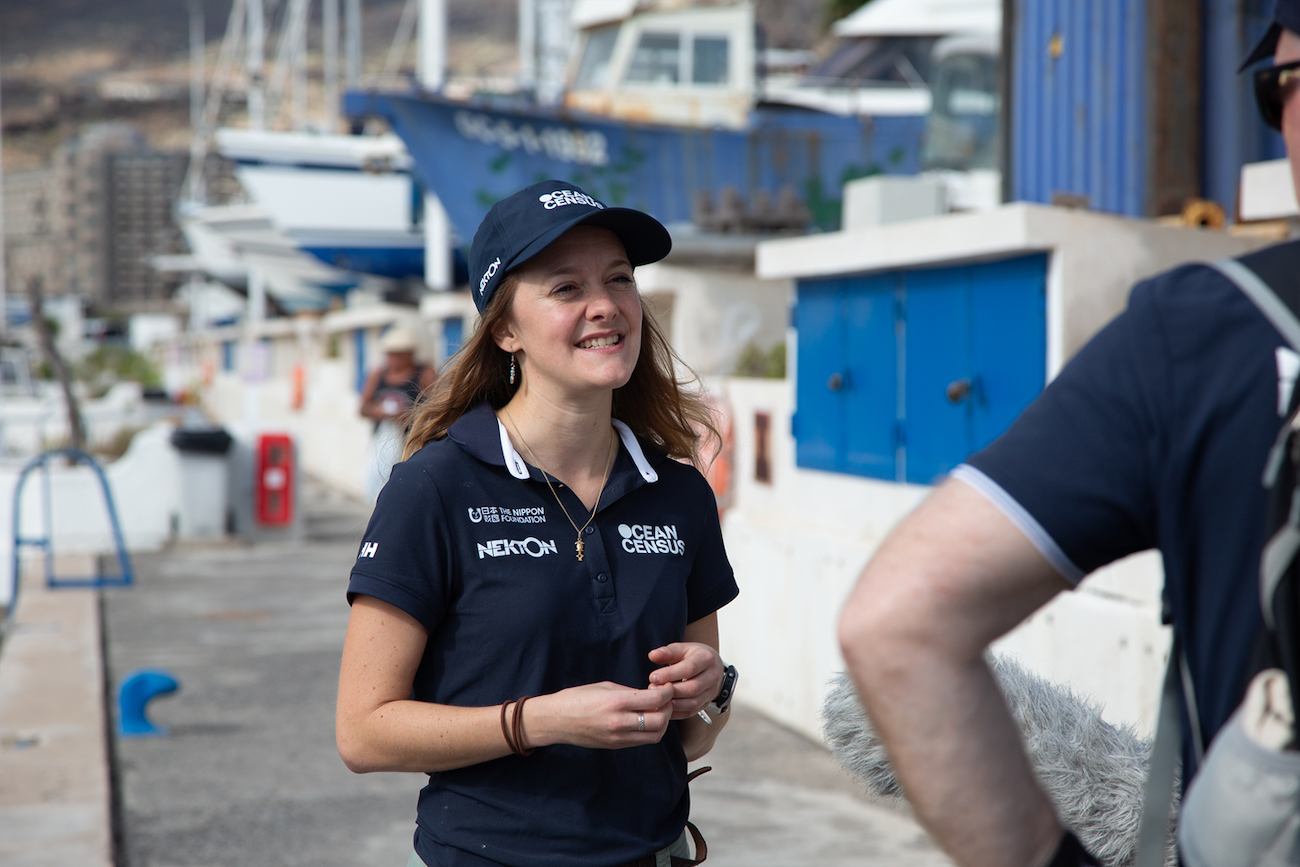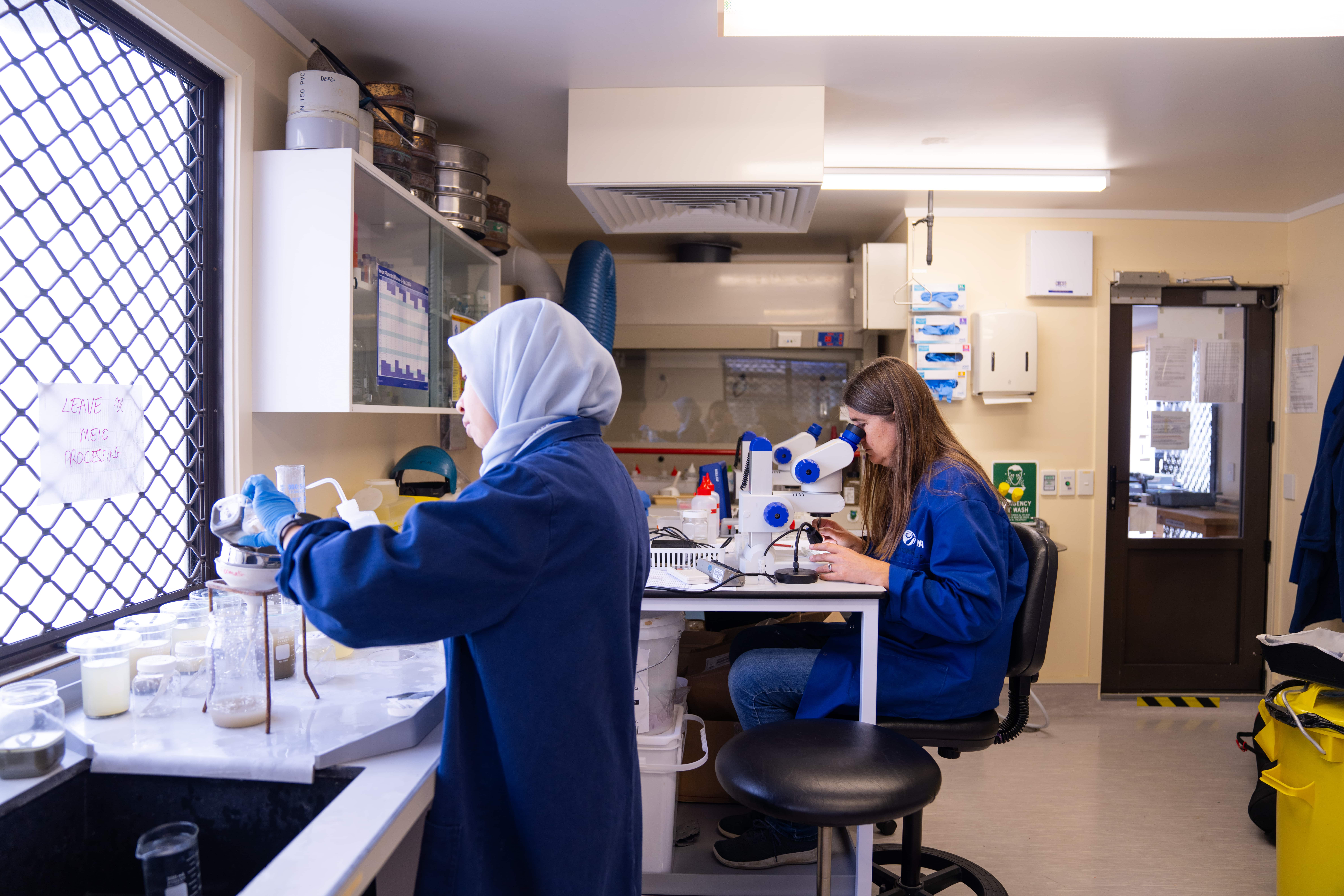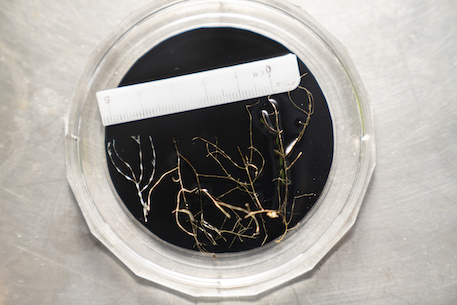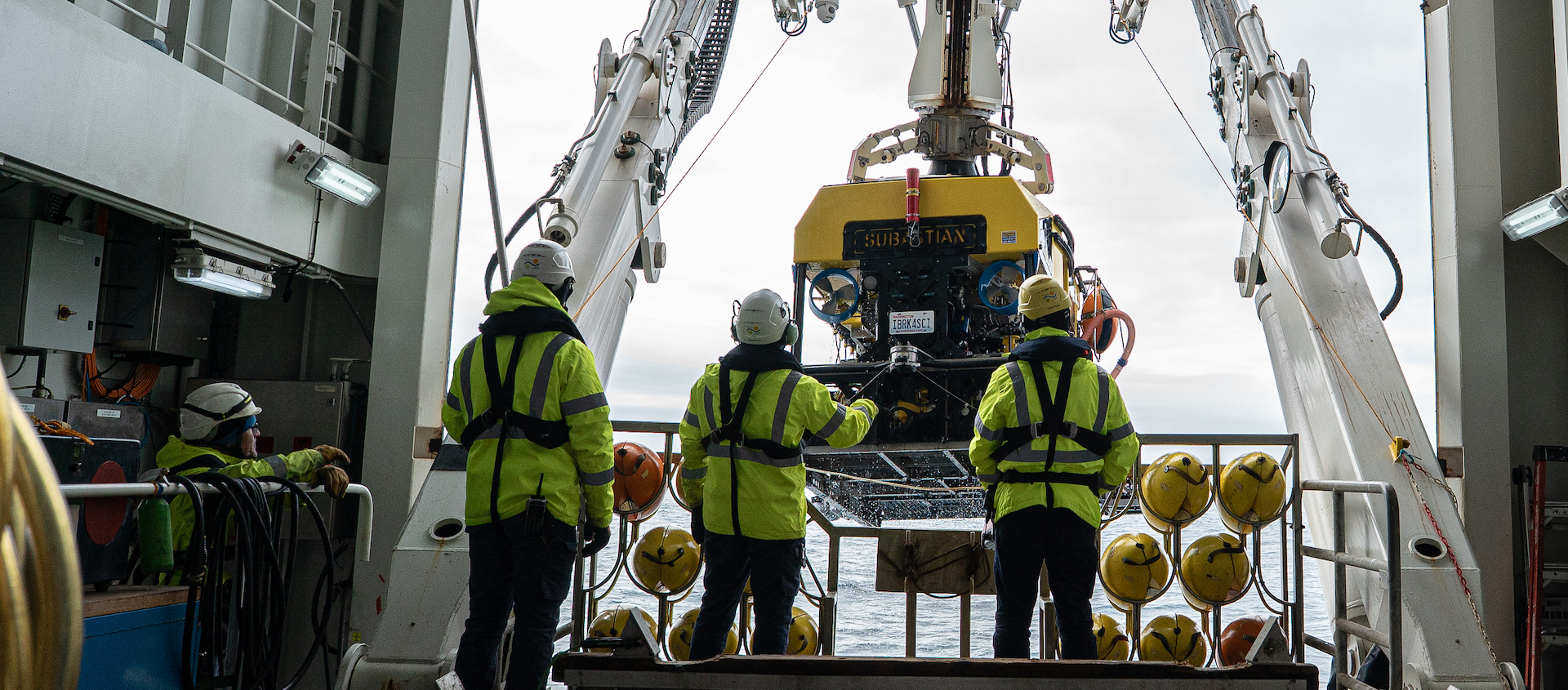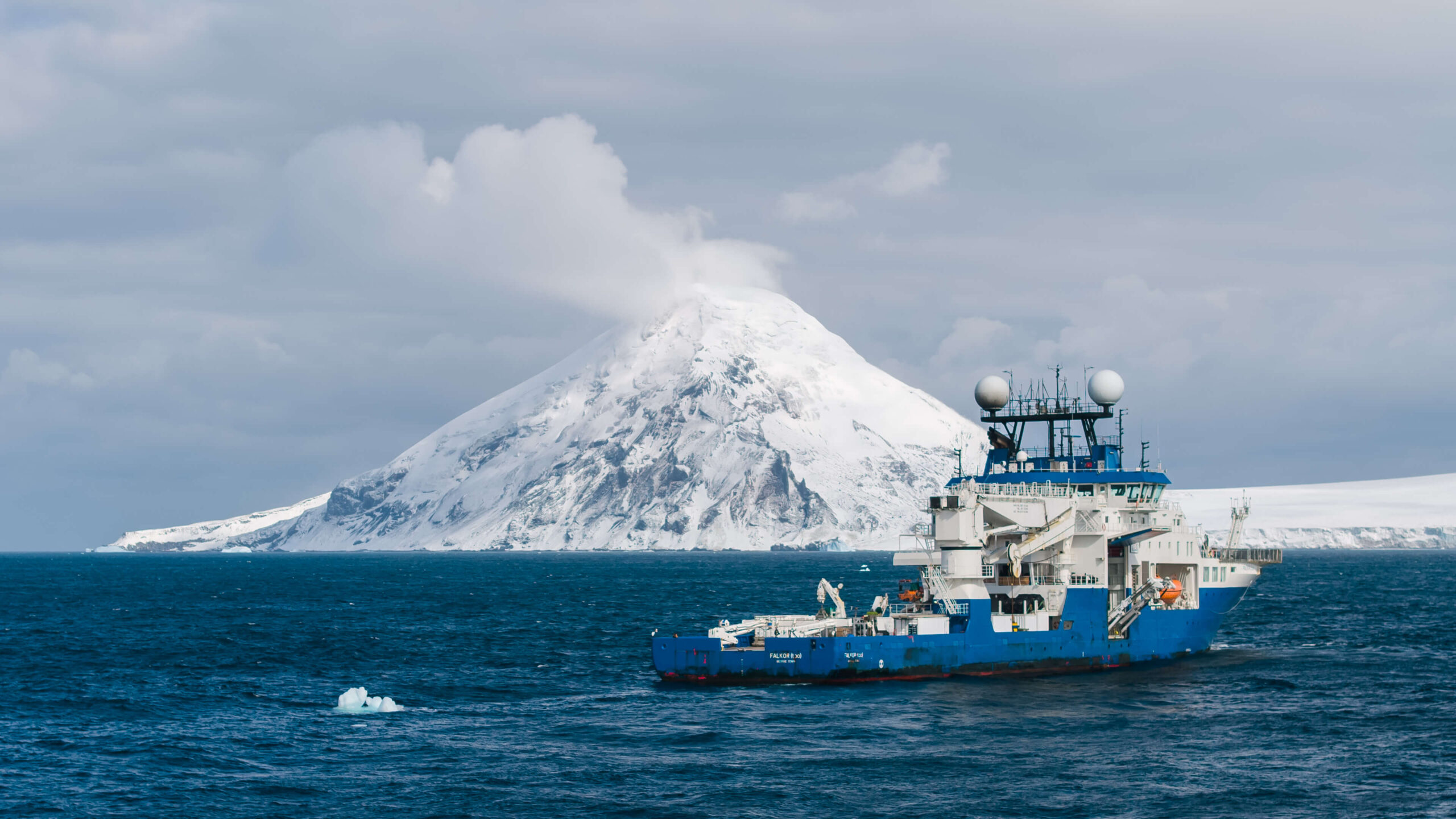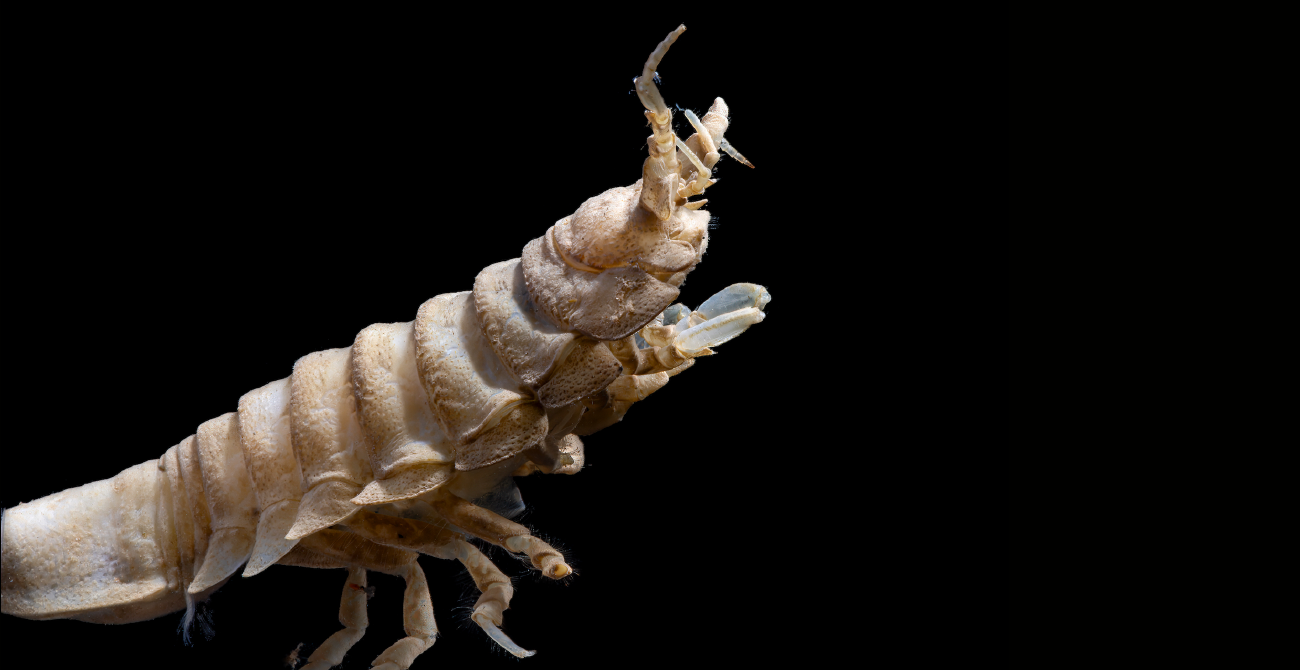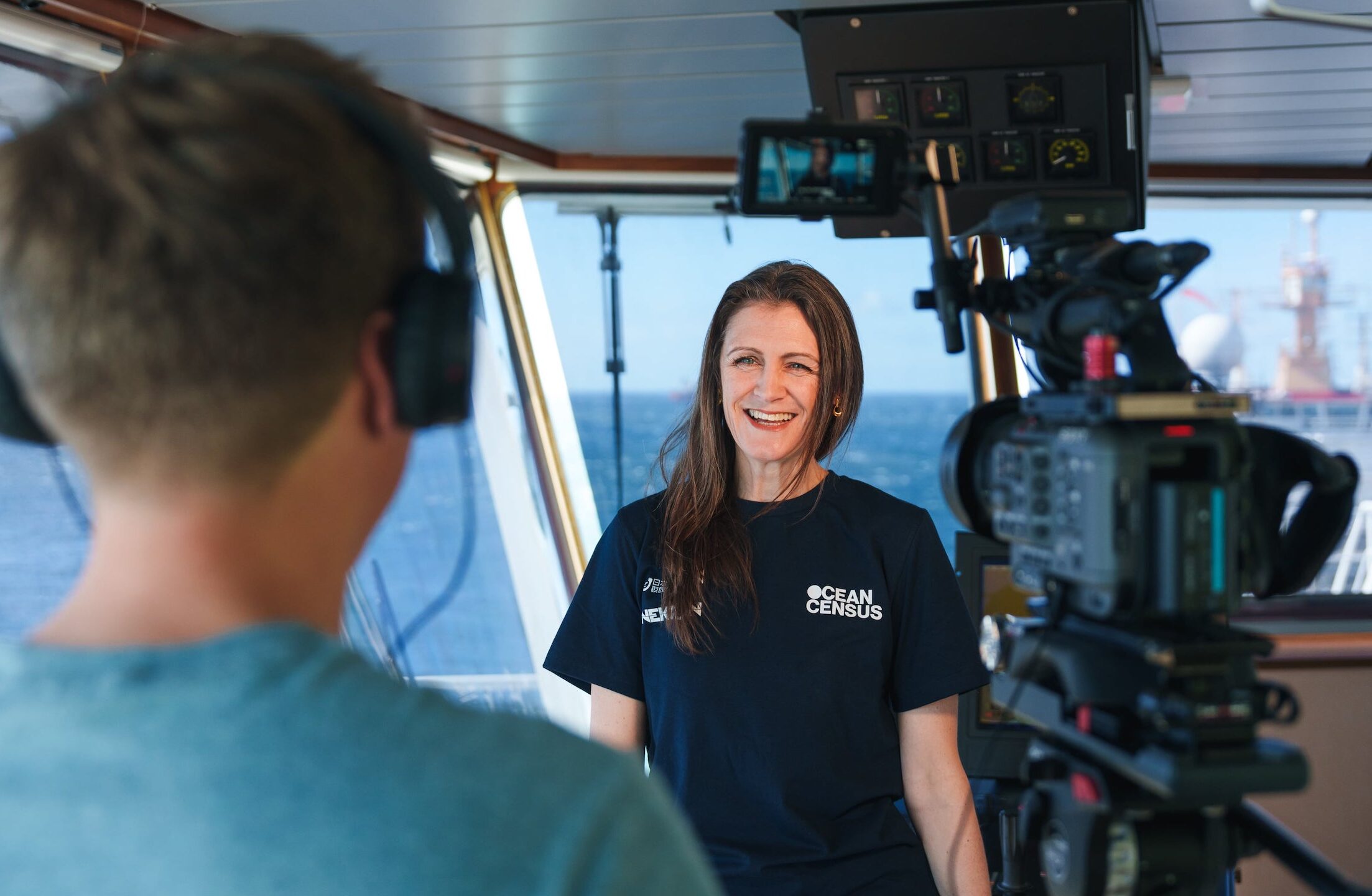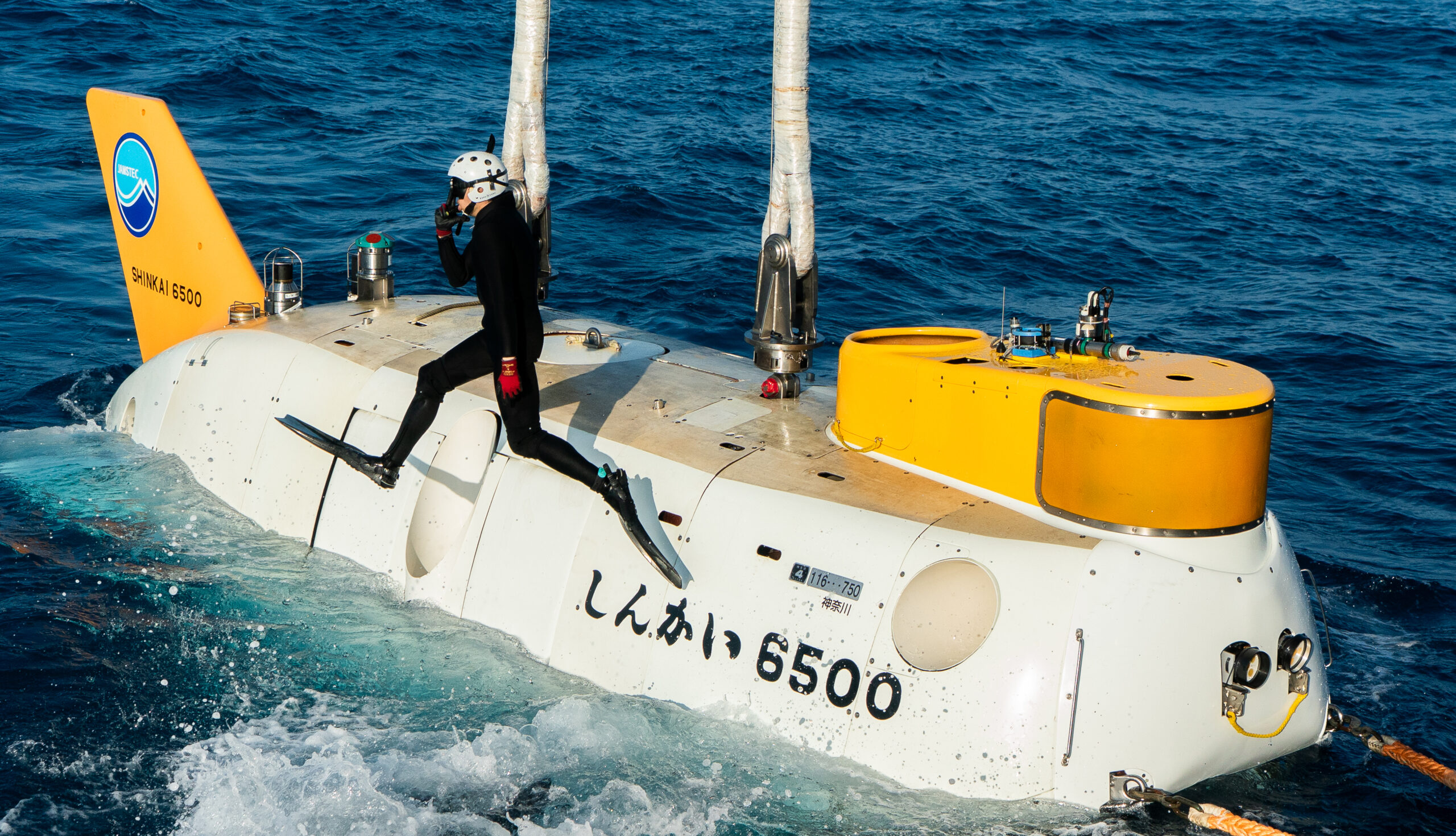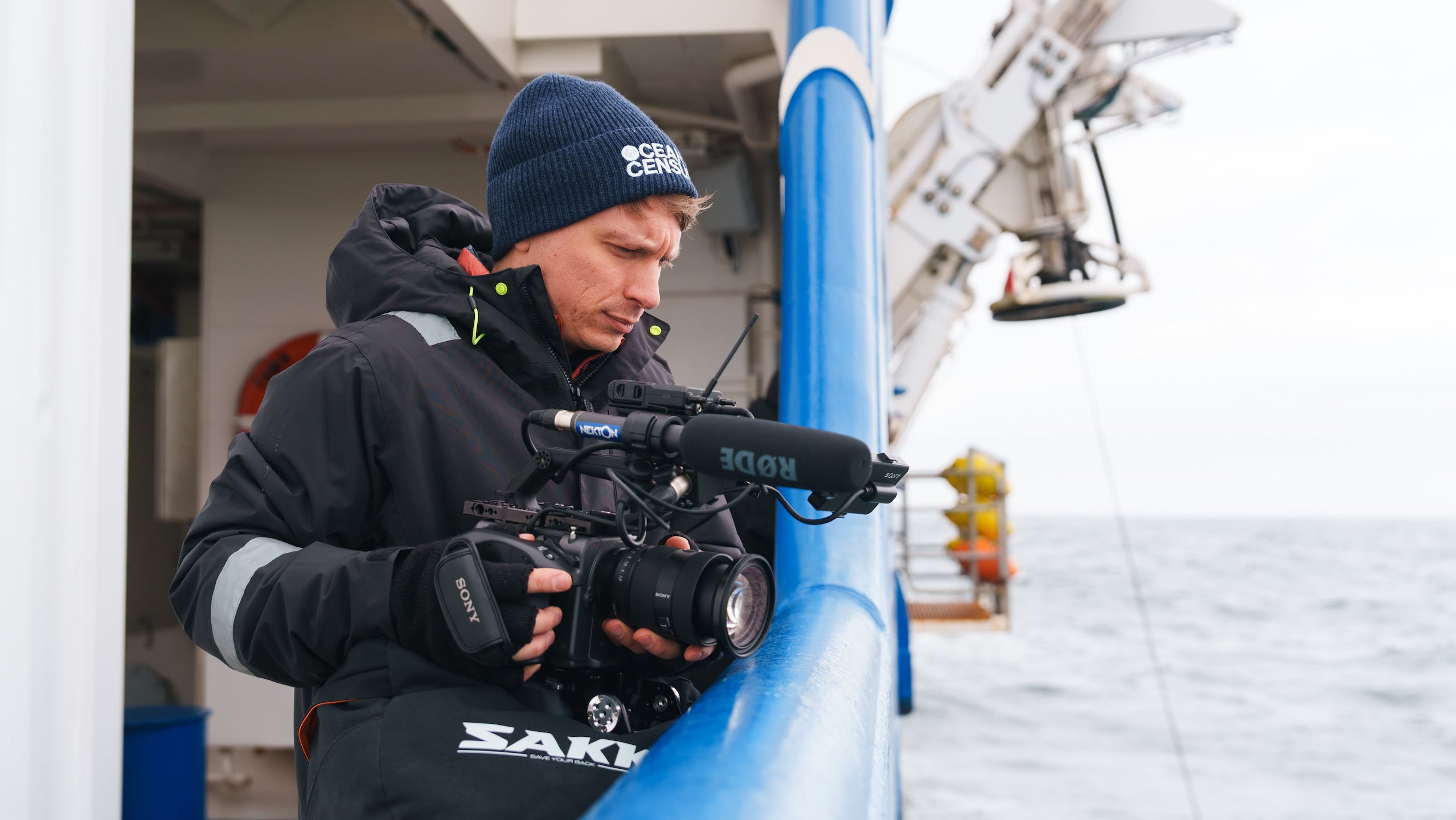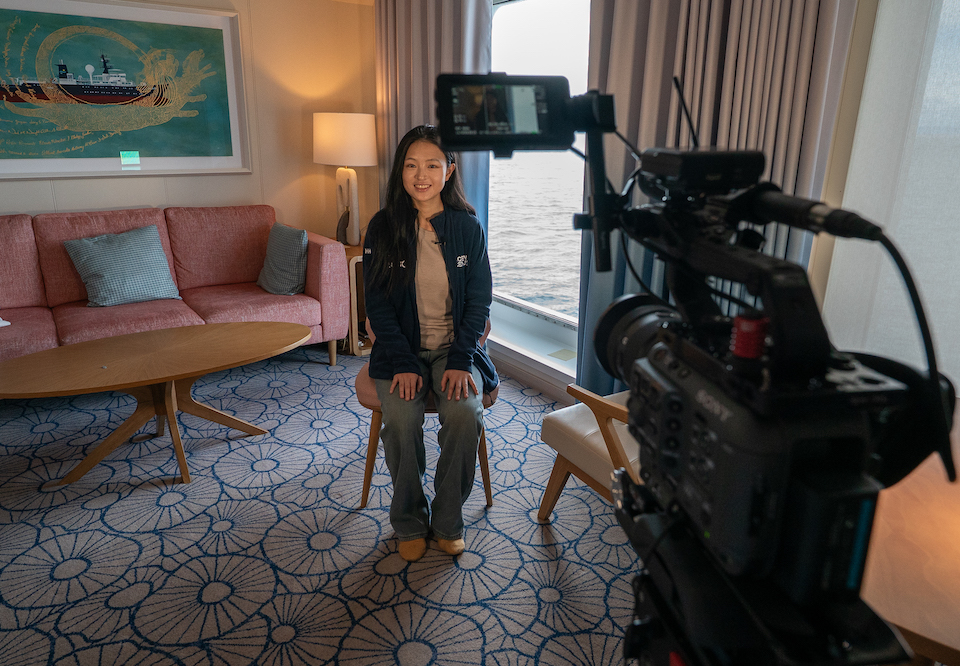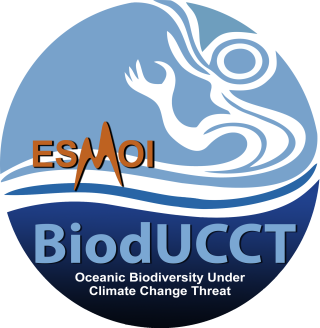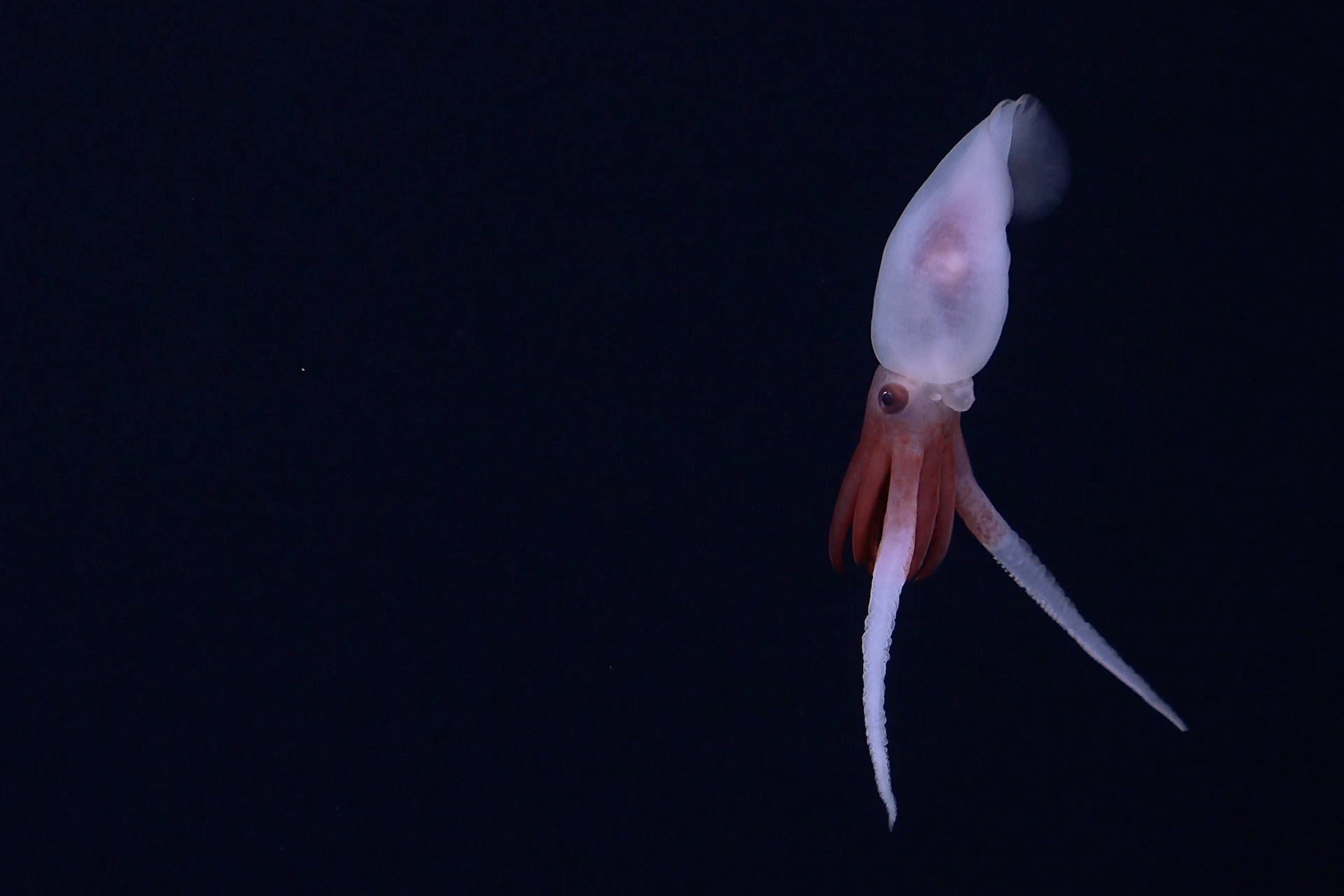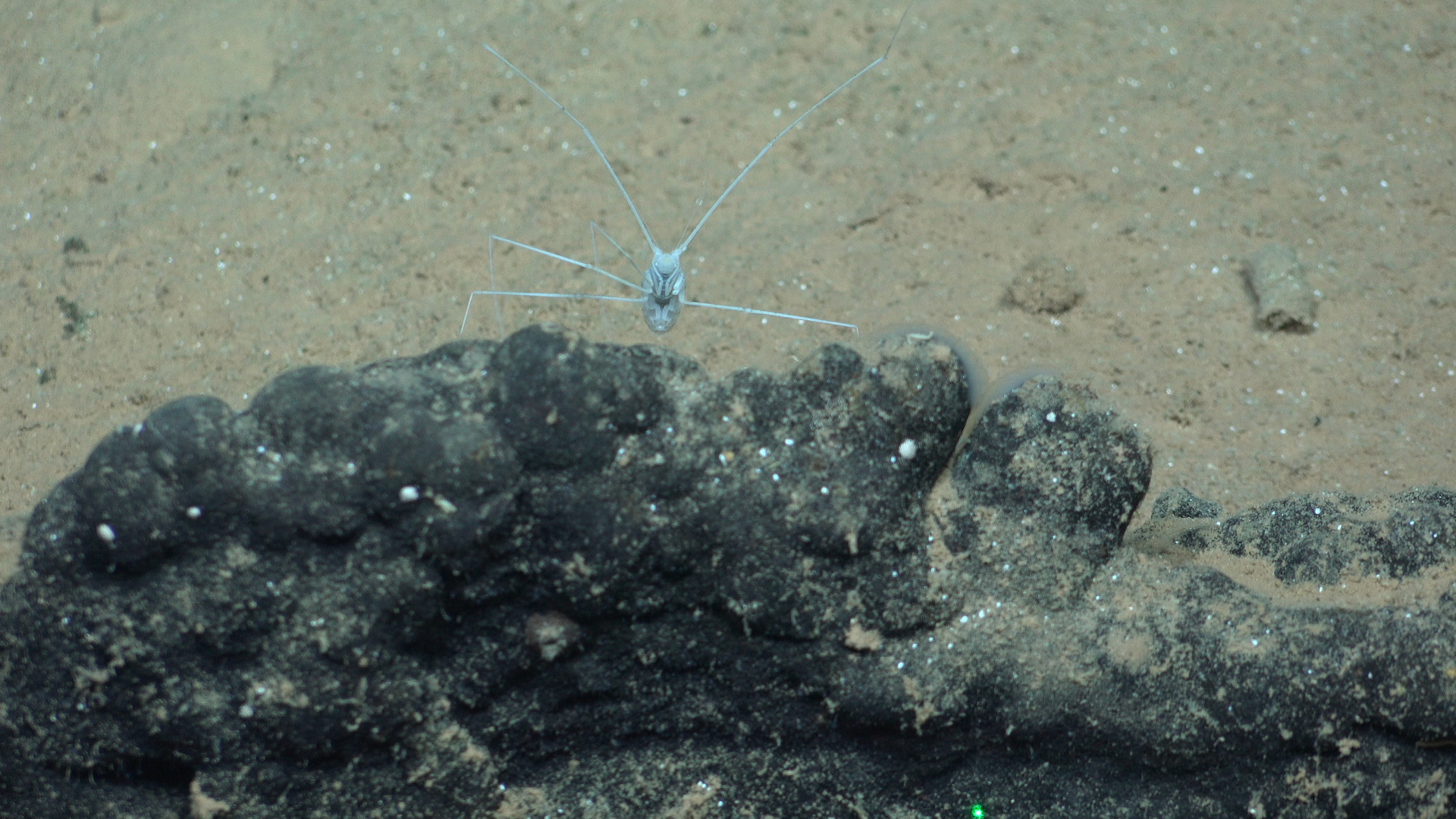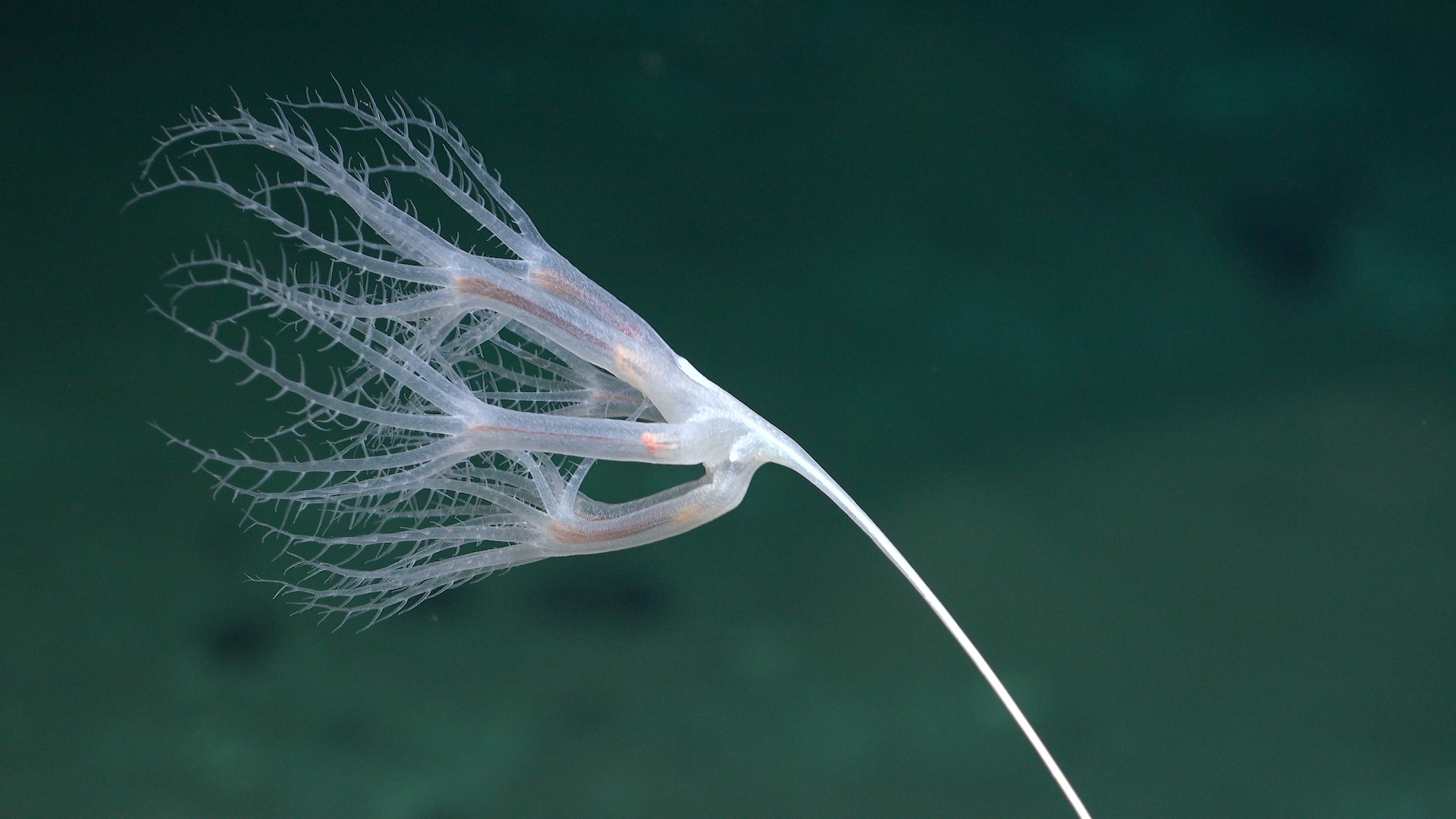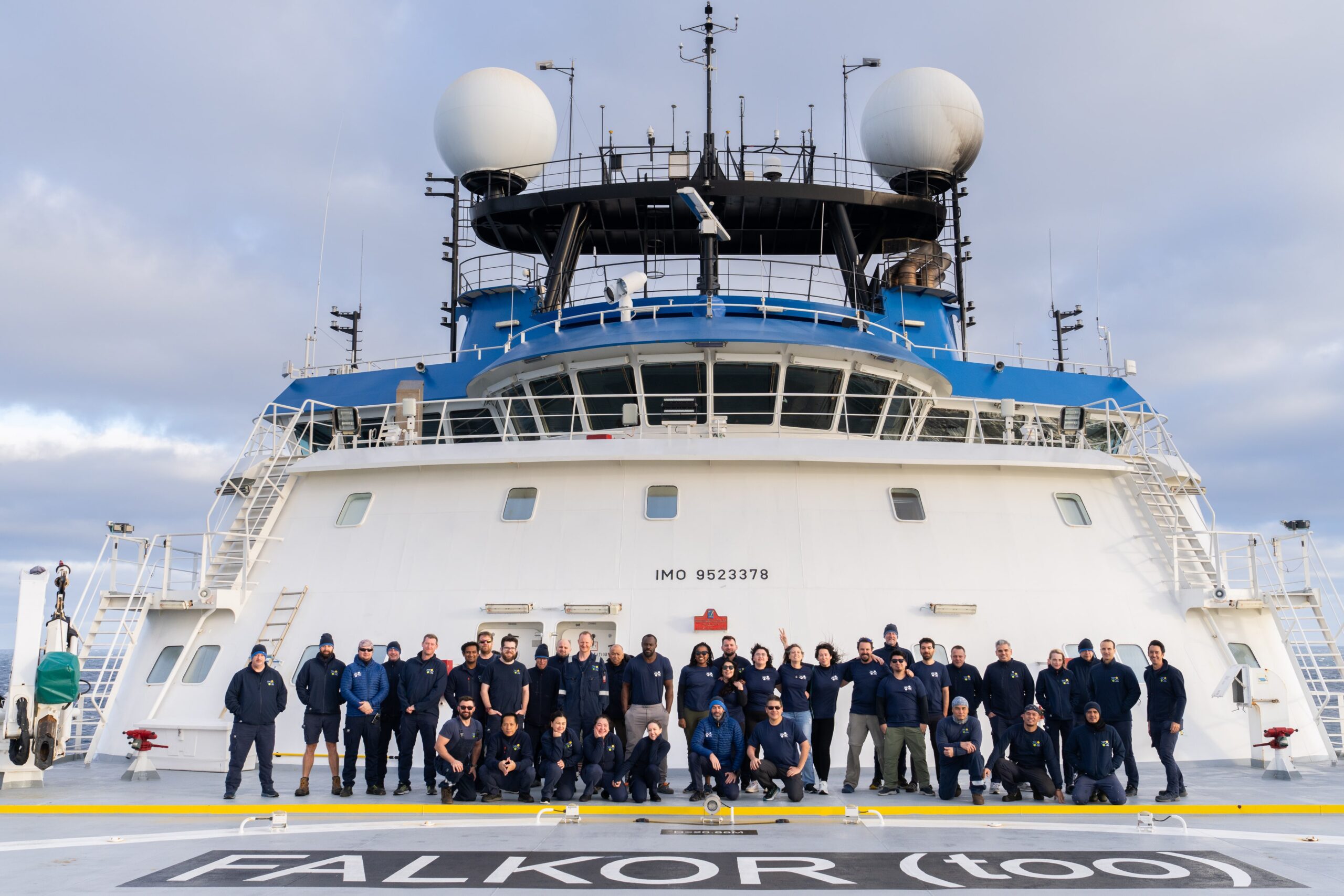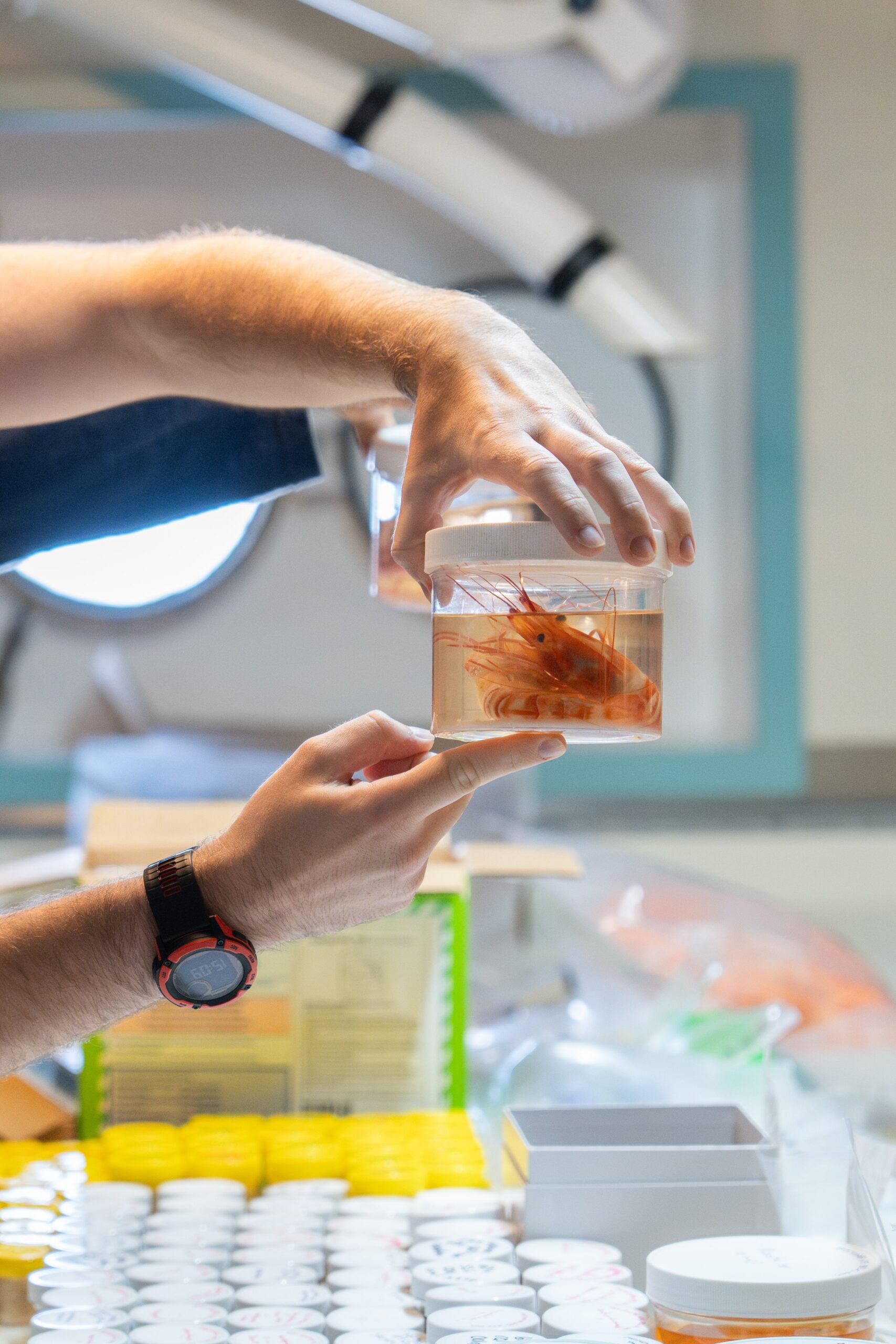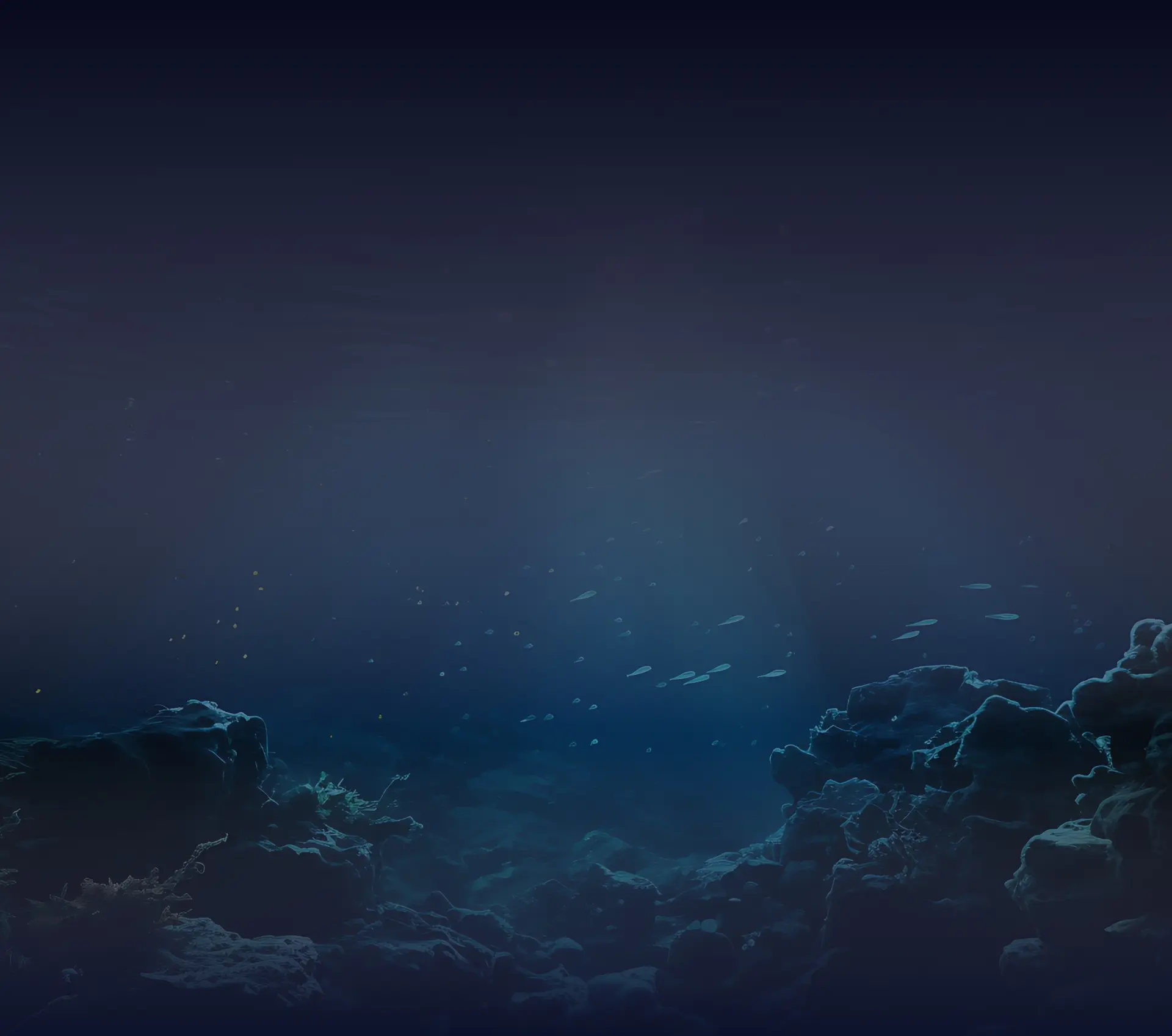

Nazca Ridge
PACIFIC OCEAN: 8 JULY – 9 AUGUST 2024
The Ocean Census joined the Schmidt Ocean Institute on its ‘High Seas and Seamounts of the Nazca Ridge’ expedition. During the Nazca Ridge expedition, scientists from the Ocean Census Science Network collaborated with the Schmidt Ocean Institute (SOI) team to identify 20 potentially new marine species.
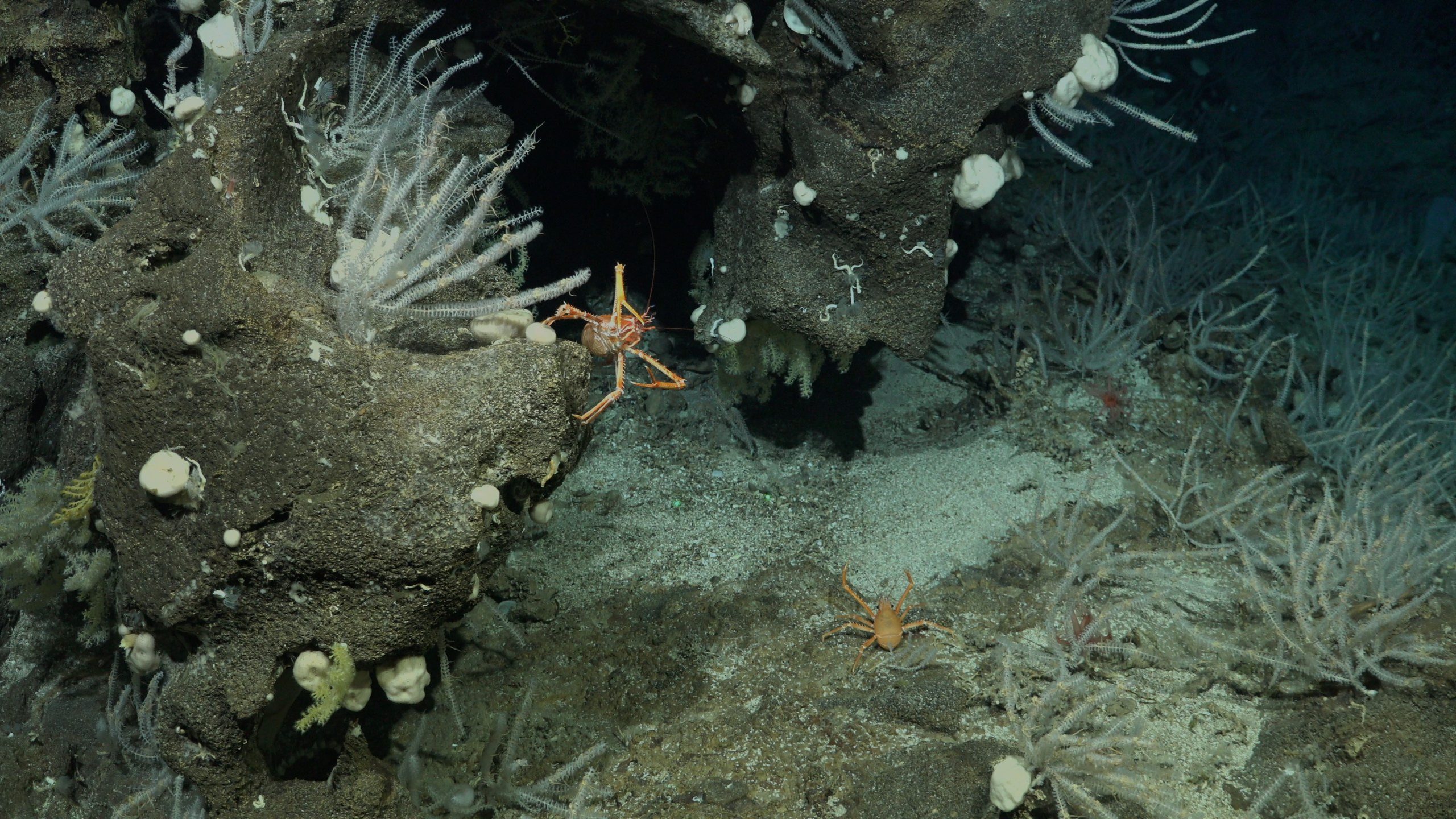
Mission Guide
The Ocean Census joined the Schmidt Ocean Institute on its ‘High Seas and Seamounts of the Nazca Ridge’ expedition. This Ocean Census participant expedition saw scientists from the Ocean Census Science Network working alongside the Schmidt Ocean Institute to explore the deep-water regions in the high seas of the Nazca Ridge. Six Ocean Census scientists will join Schmidt Ocean’s R/V Falkor (too) from July 8 – August 9, 2024.
Before these SOI expeditions, only 1,019 species had been documented in this part of the Pacific Ocean. Thanks to these efforts, that number has now surpassed 1,300 and continues to grow.
The new findings will be submitted to the Ocean Census.
Mission facts
Dates
8 July – 9 August 2024
Duration
33 days
Location
Nazca Ridge
Type
Participant
Image credits
Schmidt Ocean Institute
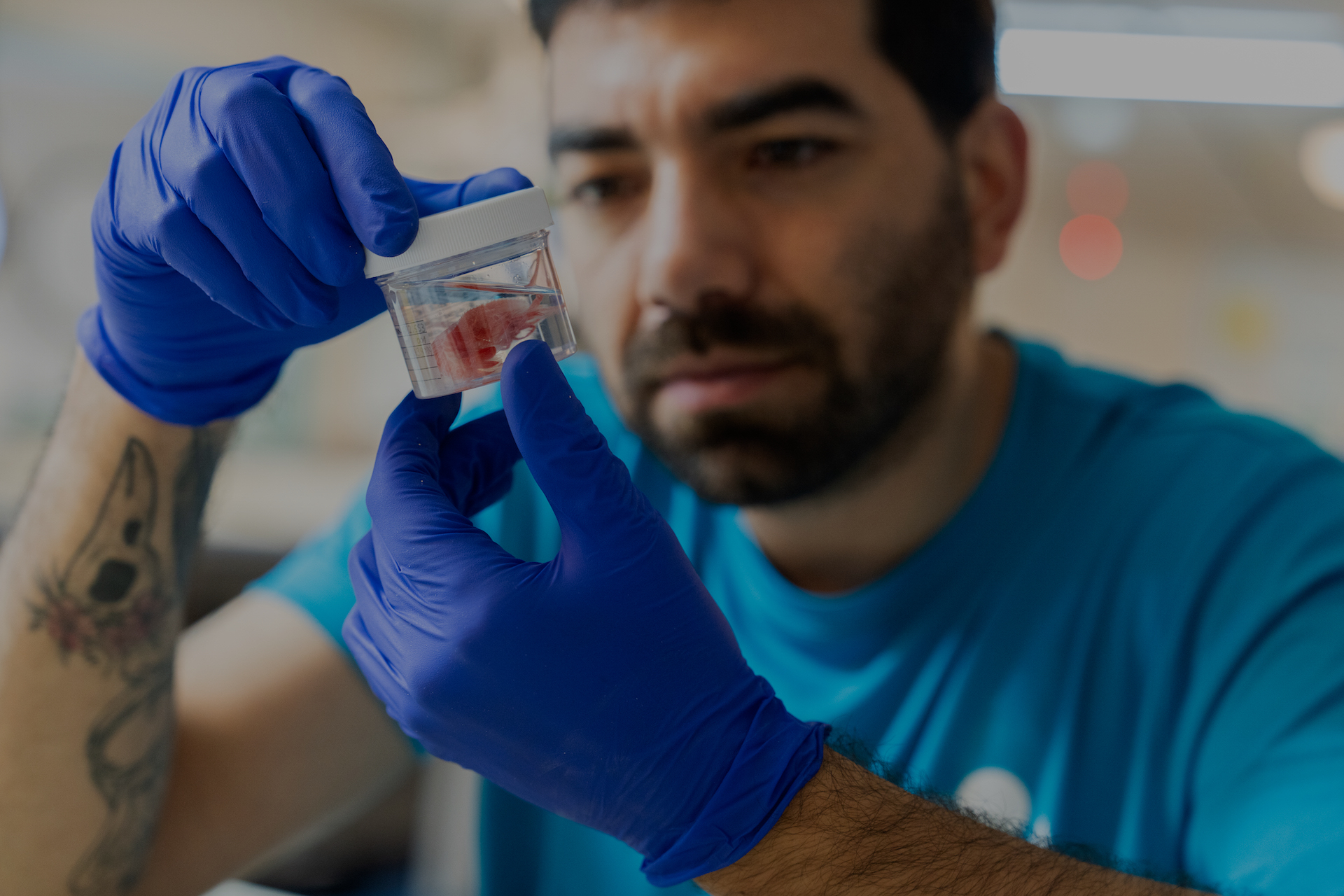
Mission brief
The 8000-meter-deep Atacama Trench, Southeast Pacific Oxygen Minimum Zone, and Humboldt Current border these ridges, creating natural barriers that support high levels of marine endemism. From toadfish and amphipods to a Bathyphysa siphonophore, the underwater mountains of the Nazca and Salas y Gómez Ridges make this region unique on Earth.
The Nazca Ridge, off southern Peru’s coast, is a poorly explored seafloor area with rugged terrain, including seamounts, trenches, canyons, and guyots. Many experts in marine protection and policy believe that the Nazca and Salas y Gómez Ridges are a top priority for designation as one of the world’s first high-seas marine protected areas.
The R/V Falkor (too) uses advanced technologies to collect comprehensive seafloor mapping data. The science team will also integrate and test several new pieces of equipment on the ROV SuBastian, including a state-of-the-art channel oxygen logger called a mini Trace analyzer in situ logger, or mTail, a new camera with a 3rd-person view of SuBastian, and new specialized sampling jars.
Be sure to follow @oceancensus and @schmidtocean on social media to stay up to date with the outcomes of this expedition.
Ocean Census is funding 6 participants with travel: Javier Sellanes Lopez, Jan Maximiliano Fernando Tapia Guerra, Maritza Fernanda Castro Contreras, Matias Portflitt Toro, Claudia Elisa Berardi Lobos and Erin Easton.
Mission Partners
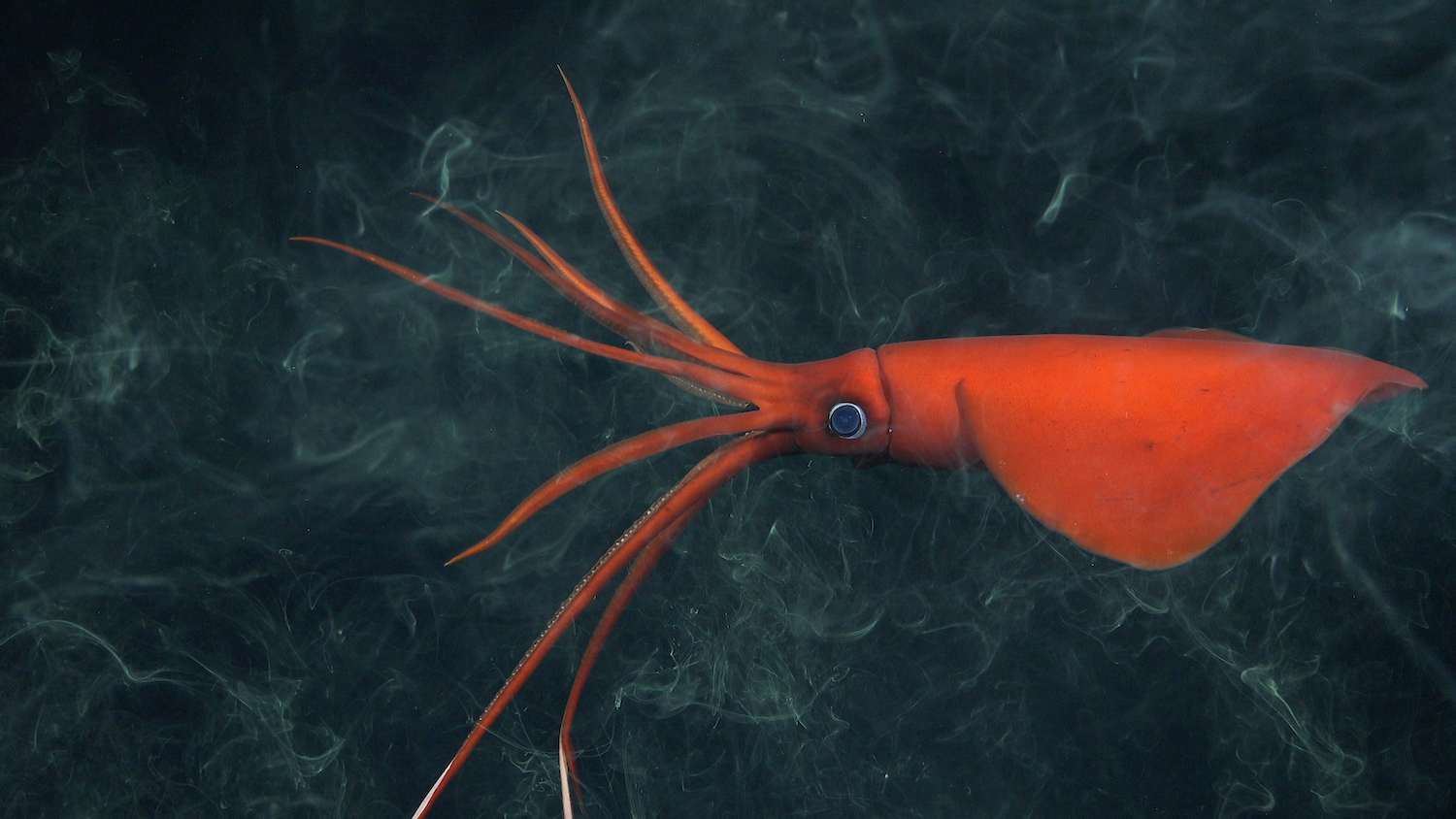


News
Partner Expeditions
Ocean Census supports a range of expeditions and opportunities for scientists to get onboard, helping to add capacity to species discovery worldwide.
Participant Expeditions give specialists from our Science Network and media experts the opportunity to join expeditions led by our Partners, gain at-sea skills, and exchange knowledge with other professionals.
Find out more and get involved by joining our Science Network today.
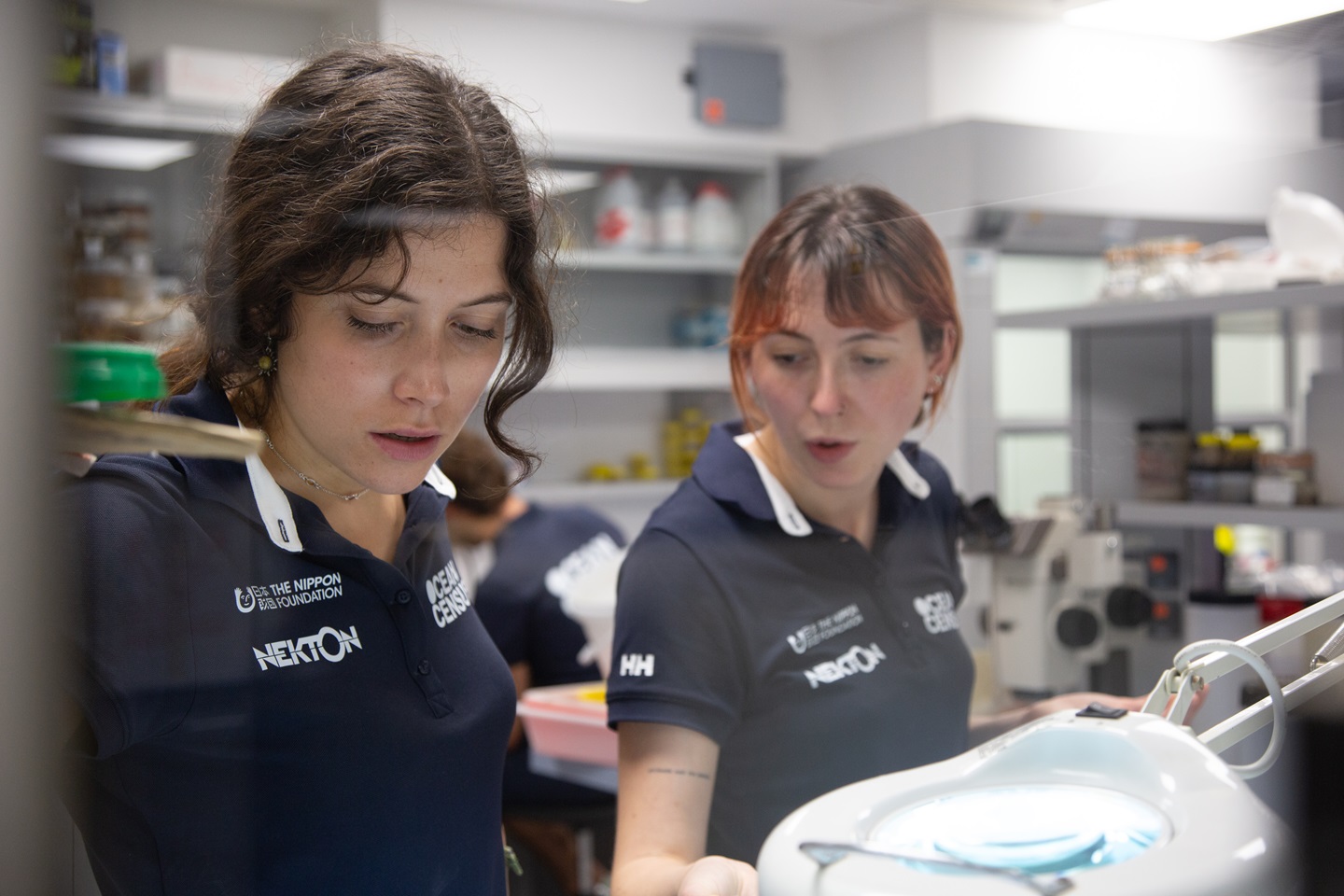
Join the census
The Ocean Census Alliance unites national and philanthropic marine institutes, museums, and universities, backed by governments, philanthropy, business and civil society partners.
